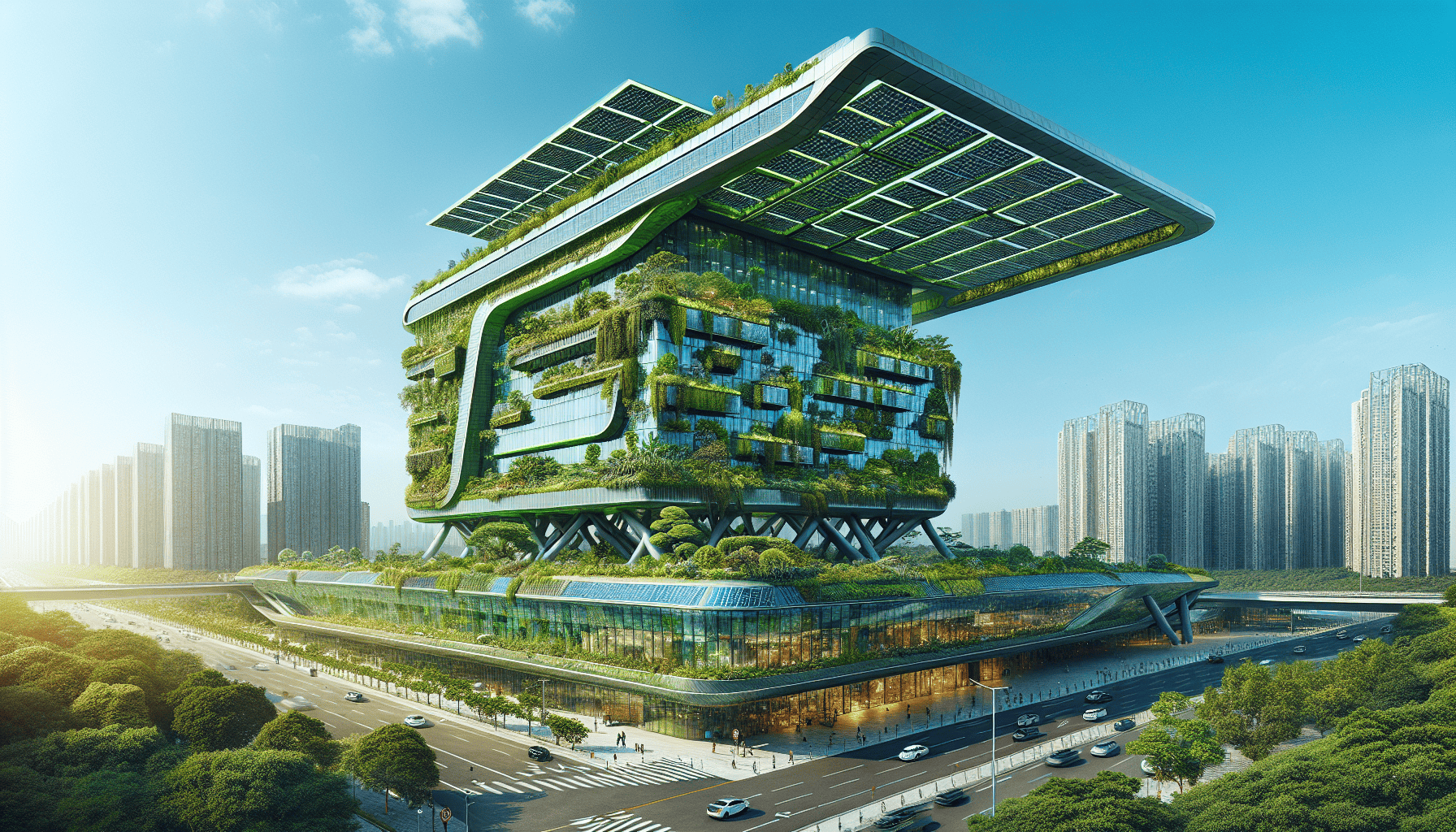South Africa is experiencing a remarkable transformation in its architectural landscape as the green building revolution takes hold. This shift is marked by an increasing emphasis on sustainability, energy efficiency, and the use of eco-friendly materials. The movement towards green architecture is not only redefining the country's skyline but also setting a new standard for environmentally responsible construction.
The growing popularity of green buildings in South Africa can be attributed to several factors. Firstly, there is a heightened awareness of environmental issues and the urgent need to reduce carbon footprints. With climate change posing a significant threat globally, South African architects, developers, and policymakers are embracing sustainable practices to mitigate these impacts.
One of the key features of green buildings in South Africa is their focus on energy efficiency. These buildings are designed to minimize energy consumption through innovative architectural designs and the integration of cutting-edge technologies. For instance, many green buildings utilize solar panels to harness the abundant sunlight available in the region, significantly reducing reliance on traditional power sources.
In addition to energy efficiency, the use of eco-friendly materials is a cornerstone of the green building movement. South African architects are increasingly sourcing sustainable materials that have a lower environmental impact. These materials, such as recycled steel, reclaimed wood, and locally-sourced stones, not only enhance the aesthetic appeal but also contribute significantly to reducing the carbon footprint of the buildings.
Water conservation is another critical aspect of the green building revolution. In a country where water scarcity is a pressing issue, green buildings are equipped with systems to manage and recycle water efficiently. Technologies such as rainwater harvesting, greywater recycling, and low-flow fixtures are becoming standard practices. These innovations not only conserve a precious resource but also lower operating costs for building owners and tenants.
The benefits of green buildings extend beyond environmental impacts. They also offer significant economic advantages. While the initial investment in green technologies and materials can be higher, the long-term savings in energy, water, and maintenance costs make green buildings a cost-effective choice. Moreover, the growing demand for sustainable spaces is increasing property values and attracting environmentally-conscious tenants.
Furthermore, the shift towards green buildings is creating new opportunities in the job market. There is a rising demand for skills in sustainable design, renewable energy installations, and eco-friendly construction practices. This presents a chance to upskill the workforce and create jobs that contribute to a greener future.
The South African government is playing a crucial role in promoting the green building revolution by implementing policies and incentives. These include tax breaks, subsidies, and grants for green building projects. Additionally, certification programs such as the Green Star SA rating system encourage developers to adhere to rigorous sustainability standards and gain recognition for their efforts.
In summary, the green building revolution in South Africa is a testament to the country's commitment to a sustainable future. By prioritizing energy efficiency, utilizing eco-friendly materials, and adopting water conservation practices, South Africa is setting a remarkable example for other nations. As this movement continues to gain momentum, it promises not only to transform the architectural landscape but also to contribute significantly to the global fight against climate change.
